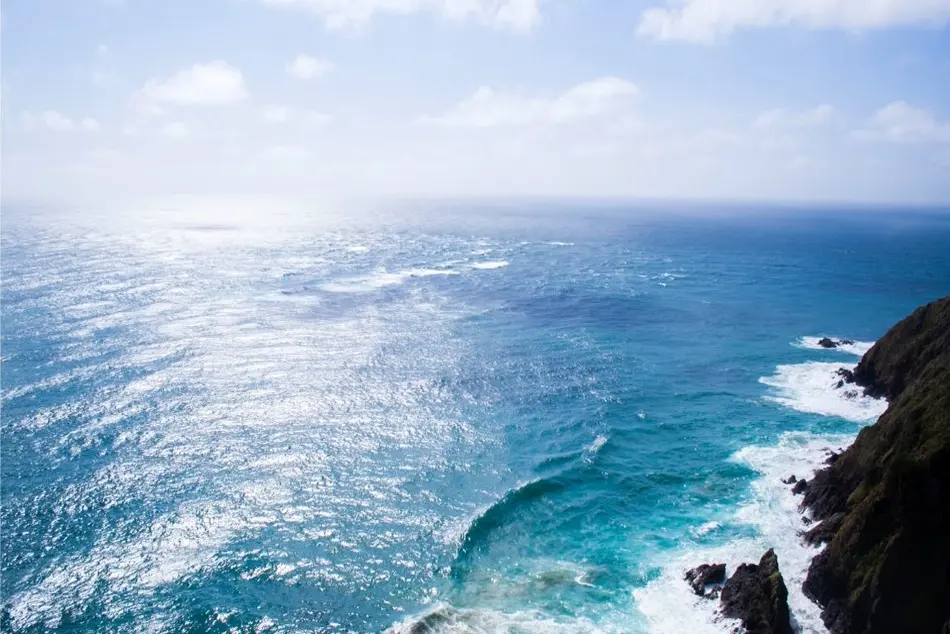Sea level rise threatens Mediterranean UNESCO heritage sites
A study, published in Nature Communications, reported that, out of 49 World Heritage Sites located on low-lying Mediterranean coasts, 37 of them face the risk of damage from floods and 42 of them face the risk from coastal erosion due to the constant sea-level rise. Flood risk may rise by 50% and erosion by 13% across the Mediterranean, with risks at some individual sites considerably higher.

A study, published in Nature Communications, reported that, out of 49 World Heritage Sites located on low-lying Mediterranean coasts, 37 of them face the risk of damage from floods and 42 of them face the risk from coastal erosion due to the constant sea-level rise. Flood risk may rise by 50% and erosion by 13% across the Mediterranean, with risks at some individual sites considerably higher.
Approximately one third of these World Heritage Sites are located in Italy. Namely, 15 of these World Heritage Sites are located in Italy, 7 in Croatia, 4 in Greece and 4 in Tunisia as well, according to phys.org.
In particular, the City of Vicenza, the tower of Pisa, the medieval city of Rhodes, Delos, historic areas of Istanbul and many other UNESCO World Heritage sites are located in the Low Elevation Coastal Zone (LECZ) of the Mediterranean and they are deeply threatened by rising sea levels. In most instances, only certain parts of the World Heritage Sites (on average 35%) fall into the LECZ but five sites are fully located in the LECZ.
The sites most at risk from coastal erosion include Tyre in Lebanon, the Archaeological Ensemble of Tarraco in Spain, and Ephesus in Turkey. The Early Christian Monuments of Ravenna and the Cathedral of St. James in Sibenik could be relocated, but doing so would compromise what the UNESCO calls their "outstanding universal value".
The study suggests that the results can therefore support adaptation planning at different spatial scales:
- At the national scale, especially in countries with a large number of WHS at risk such as Croatia, Greece, Italy and Tunisia.
- At the EU scale, as, for example, regulated under the EU Floods Directive.
- At the basin scale, as prescribed under the Barcelona Convention, which is the basis for the Mediterranean Action Plan and the Protocol on Integrated Coastal Zone Management (ICZM) in the Mediterranean.
In August, the American Meteorological Society reported that the sea level last year was the highest annual average since 1993 and that the sea level has increased for the sixth consecutive year. The Intergovernmental Panel on Climate Change (IPCC) will publish new estimates about the sea level in September 2019, but even under the most optimistic scenarios for reducing greenhouse gases, sea levels will continue to rise.
Lena Reimann, Athanasios T. Vafeidis, Sally Brown, Jochen Hinkel and Richard S. J. Tol of Kiel University were the researchers who published the study.



